Romano-ward Syndrome
Romano-ward syndrome. This disorder is a form of long QT syndrome which is a heart condition that causes the heart cardiac muscle to take longer than usual to recharge between beats. There are six different types of this syndrome long QT 1 through 6. These two previously eponymous syndromes the dominantly inherited Romano Ward and the recessive Jervell Lange-Nielsen are now recognized as a single clinical entity long QT syndrome LQTS There are three major types of LTQS.
Romano-Ward syndrome is a condition that causes a disruption of the hearts normal rhythm arrhythmia. Symptoms include arrhythmia fainting cardiac arrest and sudden death. En personas con síndrome de QT largo la parte del latido cardiaco conocida como intervalo QT es anormalmente larga.
Multiple gene defects can cause conduction defects and arrhythmias such as long QT syndrome familial heart block and arrhythmogenic right ventricular dysplasia. Romano-Ward syndrome is a condition that causes a disruption of the hearts normal rhythm arrhythmia. Forma de síndrome de QT largo que no se acompaña de sordera congénita.
Romano-Ward syndrome is the most common form of inherited long QT syndrome. Revista cubana de medicina. Independently described in 1963 by Cesarino Romano Italian Paediatrician and in 1964 by Irish paediatrician Owen Conor Ward.
1965 Romanos letter to the Lancet March 20 1965 in response to Jervell. Each type is caused by a change in a different gene. This disorder is a form of long QT syndrome which is a heart condition that causes the heart cardiac muscle to take longer than usual to recharge between beats.
Romano Ward Syndrome is also known as long QT syndrome. The condition soon became known by the eponym Romano-Ward Syndrome and is now recognised as the congenital Long QT Syndrome. Namely LQTS 1 2 and 3 which correspond to the first three genes and associated proteins cardiac potassium and sodium channels identified in the 1990s.
Romano Ward Syndrome is a condition that disrupts the normal rhythm of the human heart often known as arrhythmia. Está causado por mutación del gen KCNQ1 que codifica una proteína del canal de potasio dependiente del voltajeDescriptor en inglés.
Romano-Ward syndrome is an inherited heart disorder characterised by prolongation of the QT interval often in association with episodes of ventricular tachyarrhythmia torsades de pointes syncope and sudden death.
119122 Considerable progress has been made in understanding the genetics of the long QT LQT syndrome also known as the Romano-Ward syndrome which appears to be inherited as an autosomal-dominant trait with high penetrance. History of Romano-Ward syndrome. Romano-Ward syndrome is the most common form of inherited long QT syndrome. RomanoWard syndromelong QT syndrome. 1965 Romanos letter to the Lancet March 20 1965 in response to Jervell. Romano Ward Syndrome is also known as long QT syndrome. Revista cubana de medicina. Romano Ward Syndrome is a condition that disrupts the normal rhythm of the human heart often known as arrhythmia. Here we review the major developments in the field over the past fifty years with special mention of the important contributions made by Irish researches.
El síndrome de Romano-Ward RWS es una forma de síndrome de QT largo una afección cardíaca que hace que el músculo cardíaco tarde más tiempo de lo habitual para recargarse entre los latidos. El síndrome de Romano-Ward RWS es una forma de síndrome de QT largo una afección cardíaca que hace que el músculo cardíaco tarde más tiempo de lo habitual para recargarse entre los latidos. Forma de síndrome de QT largo que no se acompaña de sordera congénita. History of Romano-Ward syndrome. Romano-Ward syndrome is a condition that causes a disruption of the hearts normal rhythm arrhythmia. En personas con síndrome de QT largo la parte del latido cardiaco conocida como intervalo QT es anormalmente larga. Resumen Hay un texto más reciente para esta enfermedad en inglés.
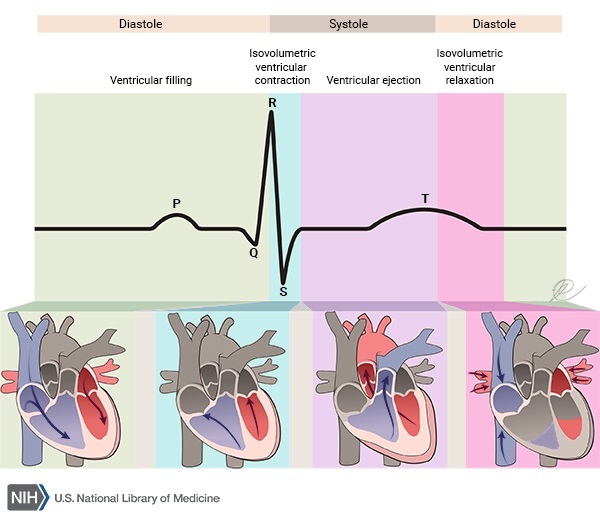
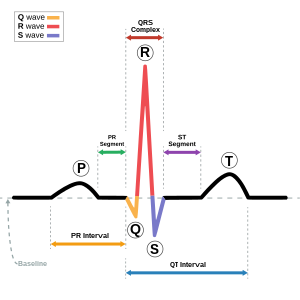

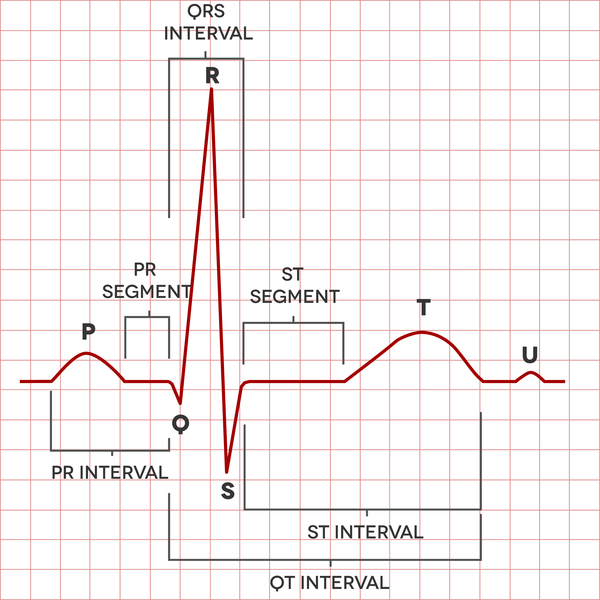




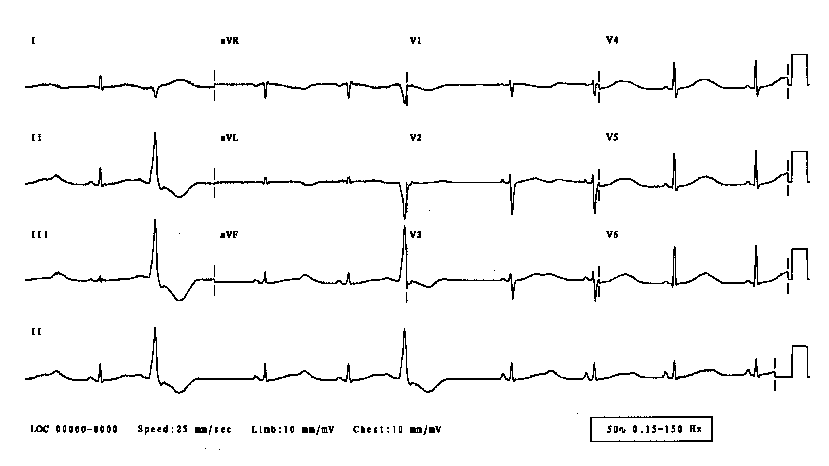

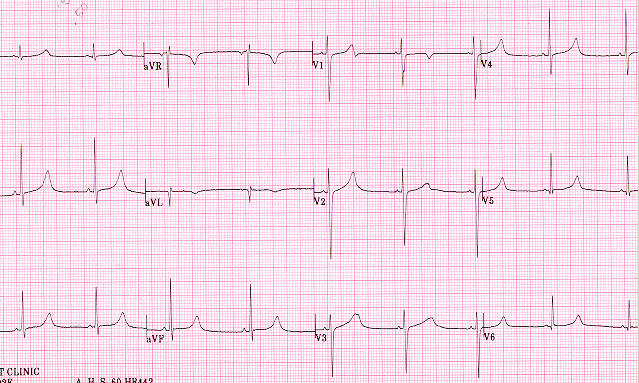
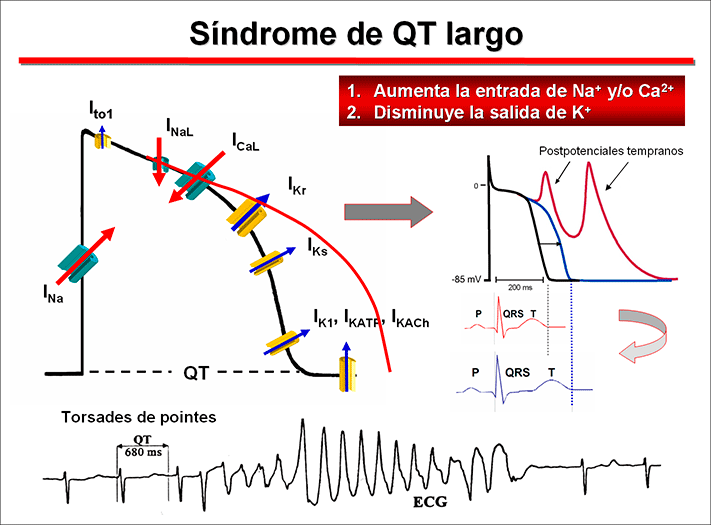

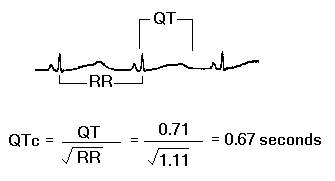



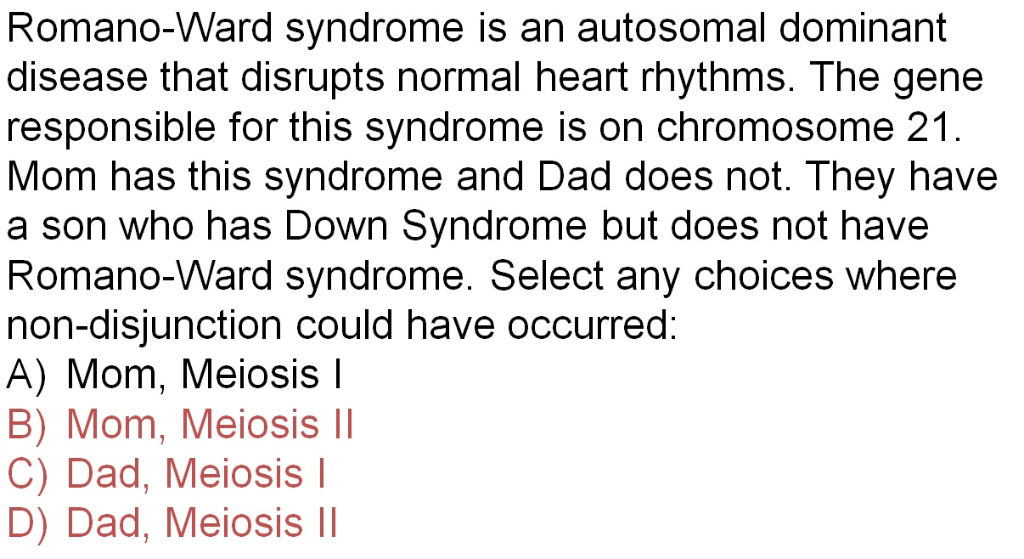

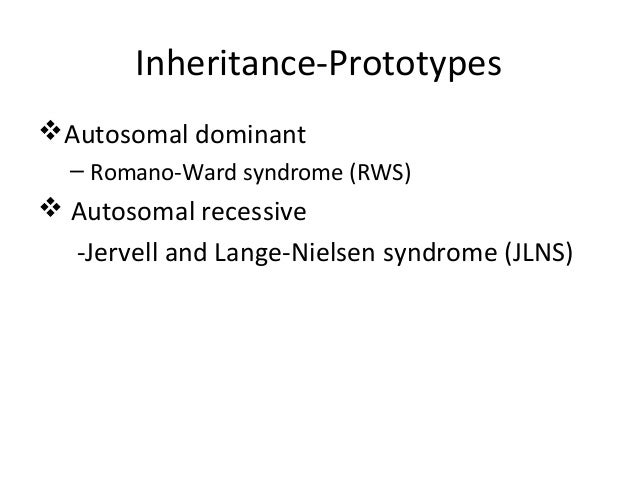

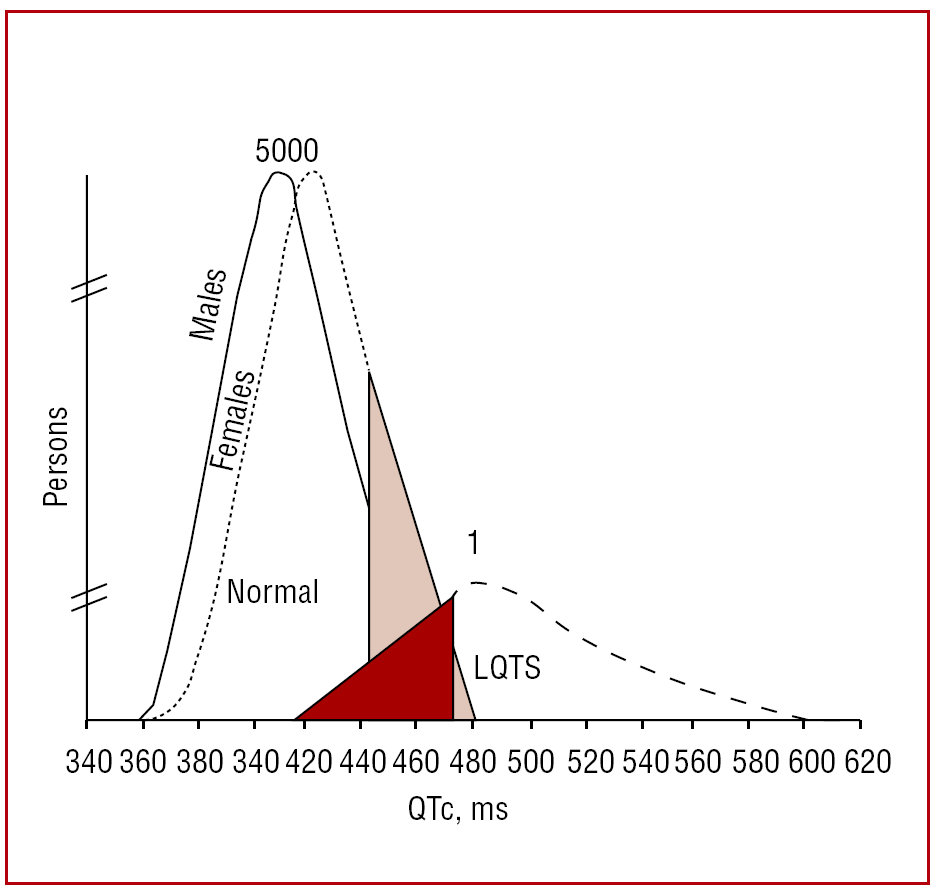
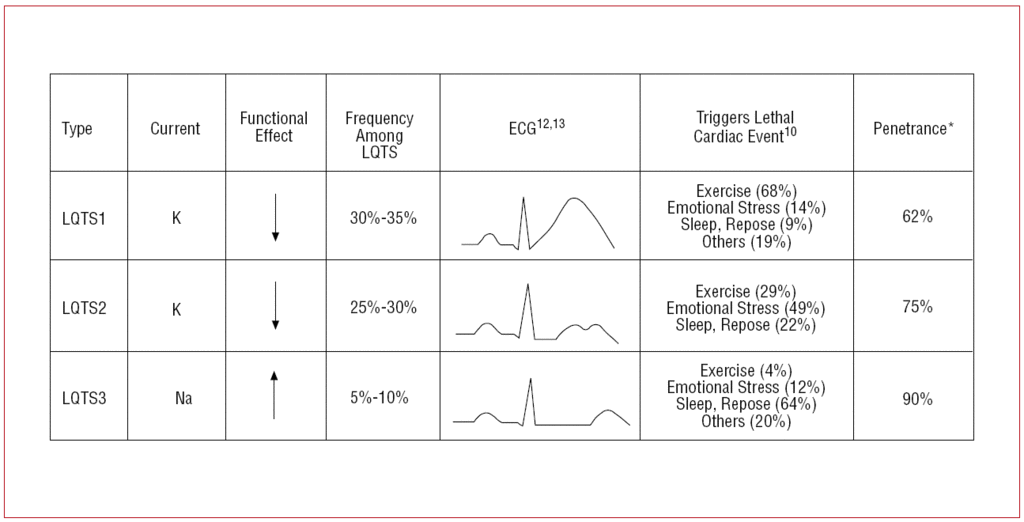


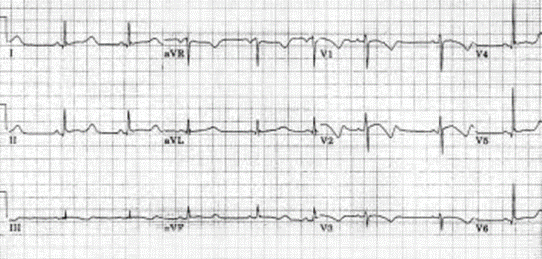
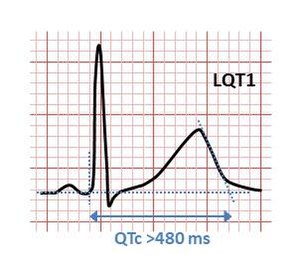

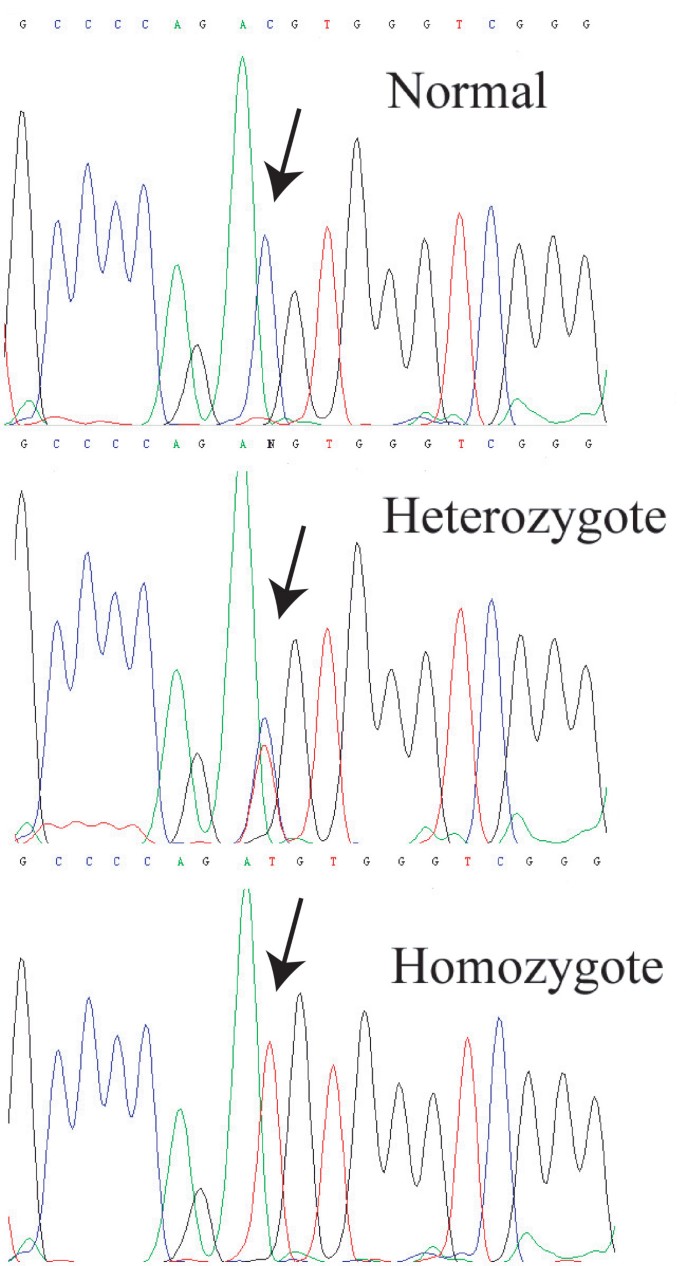
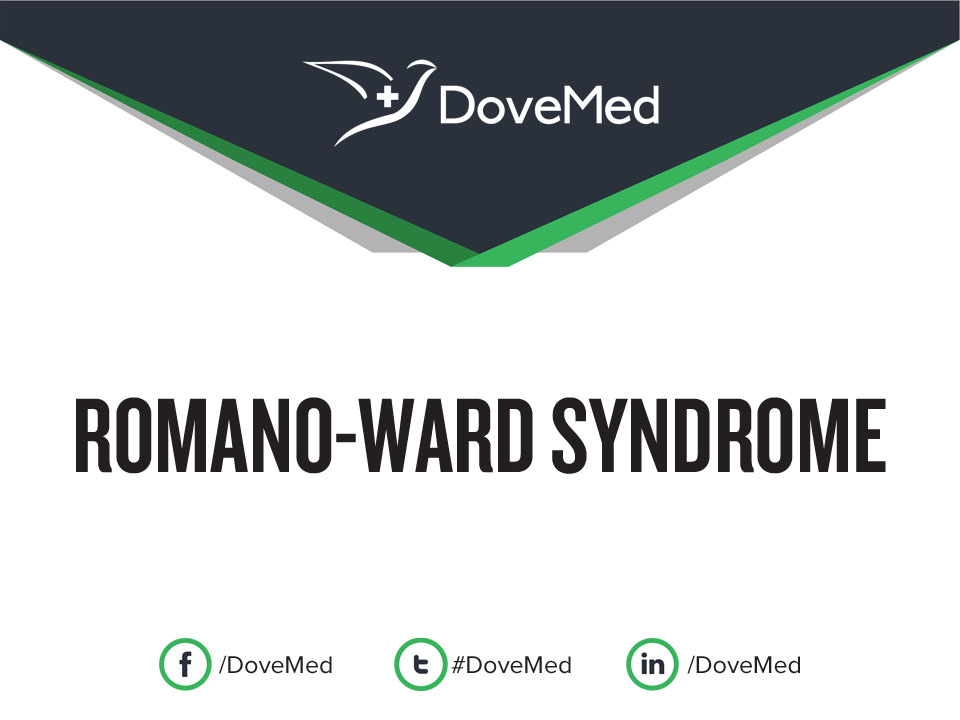
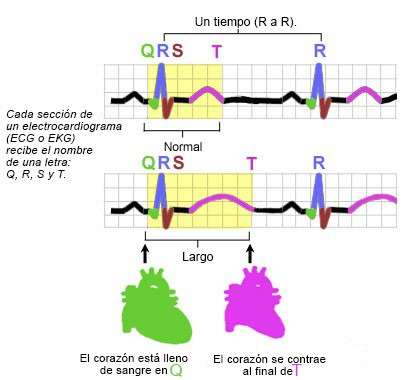




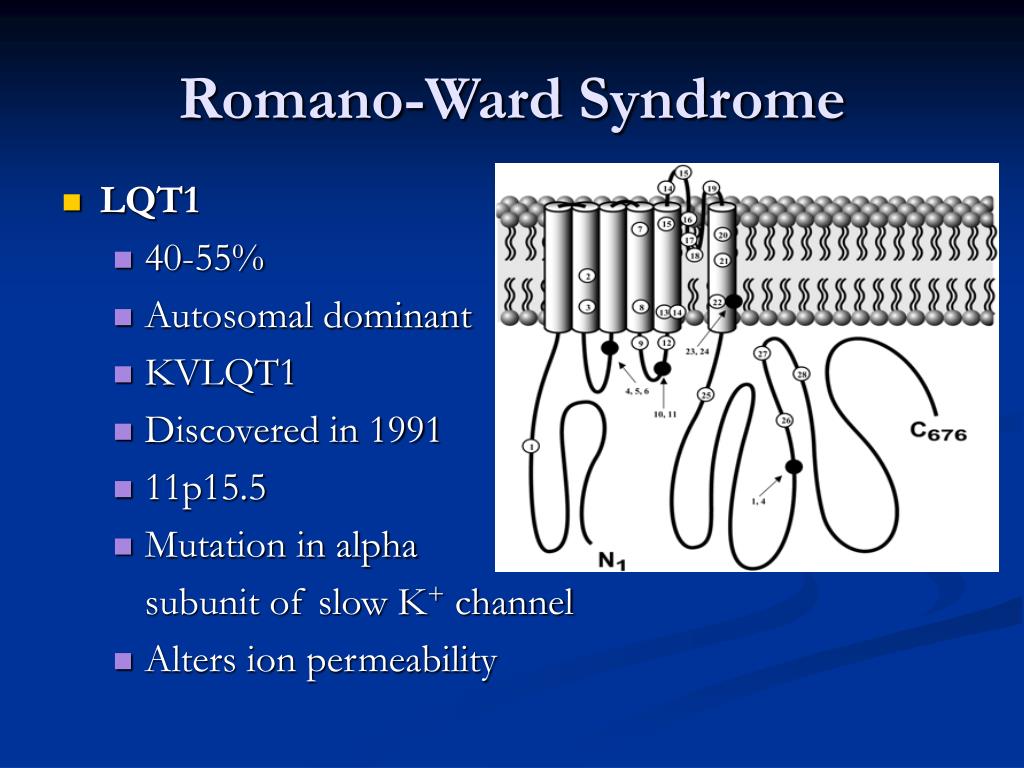
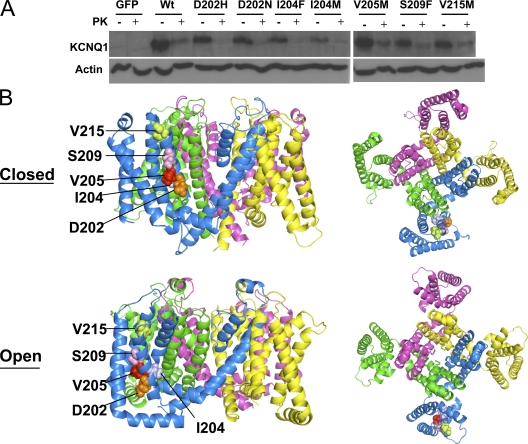




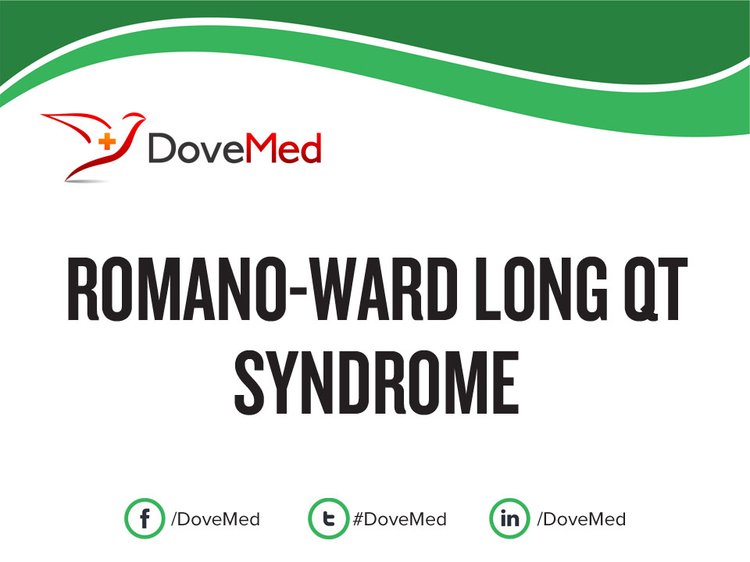
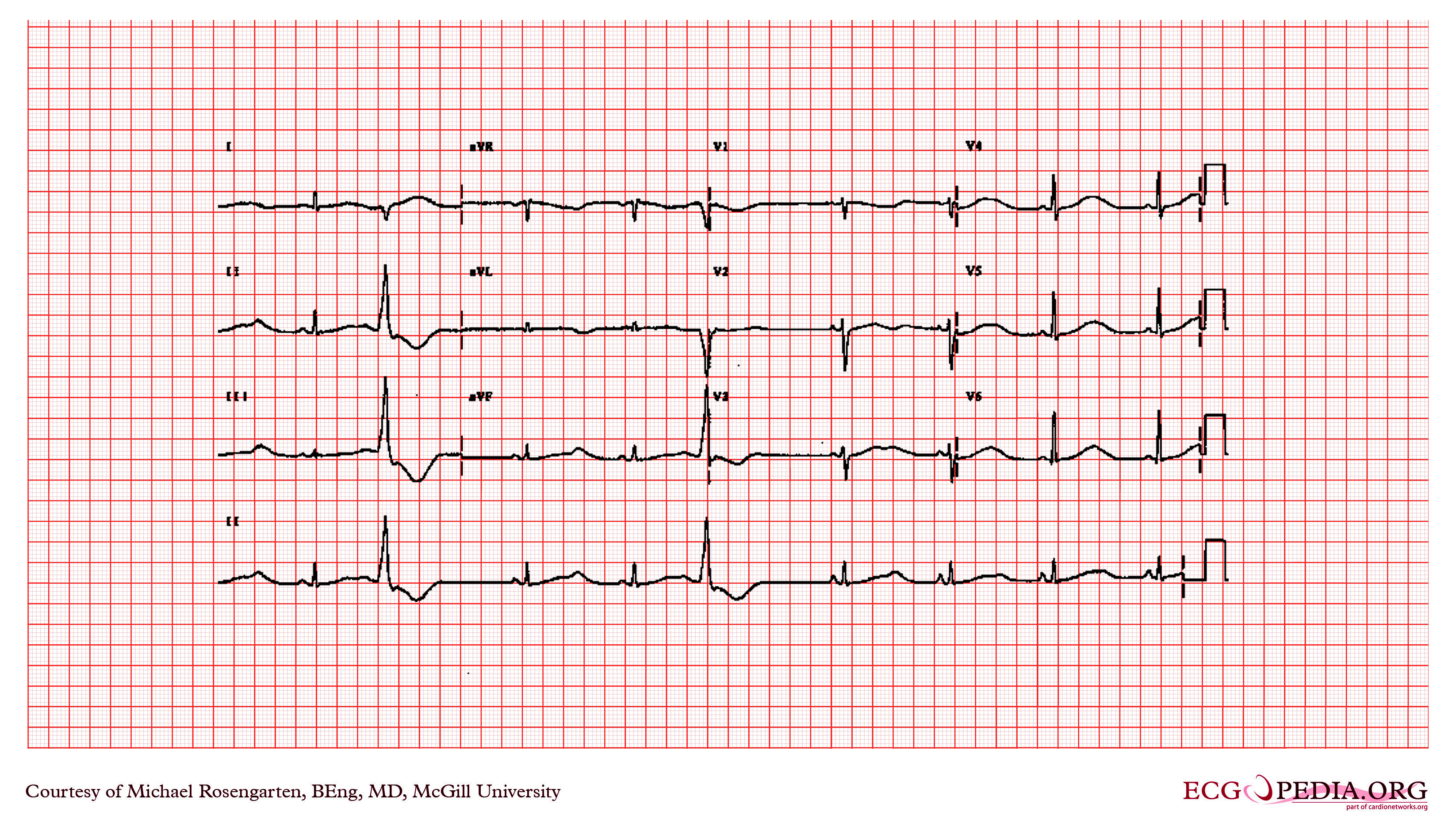
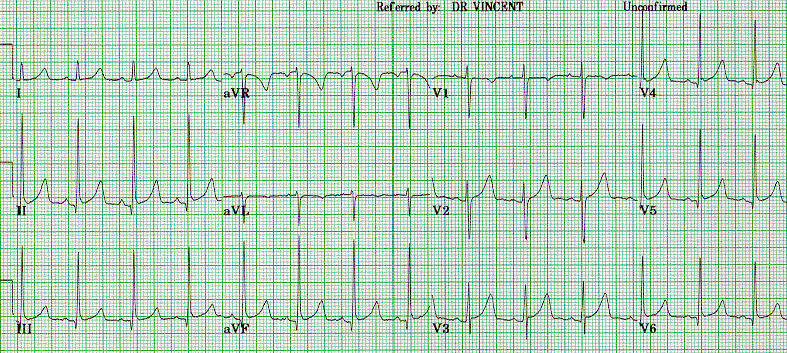


Posting Komentar untuk "Romano-ward Syndrome"